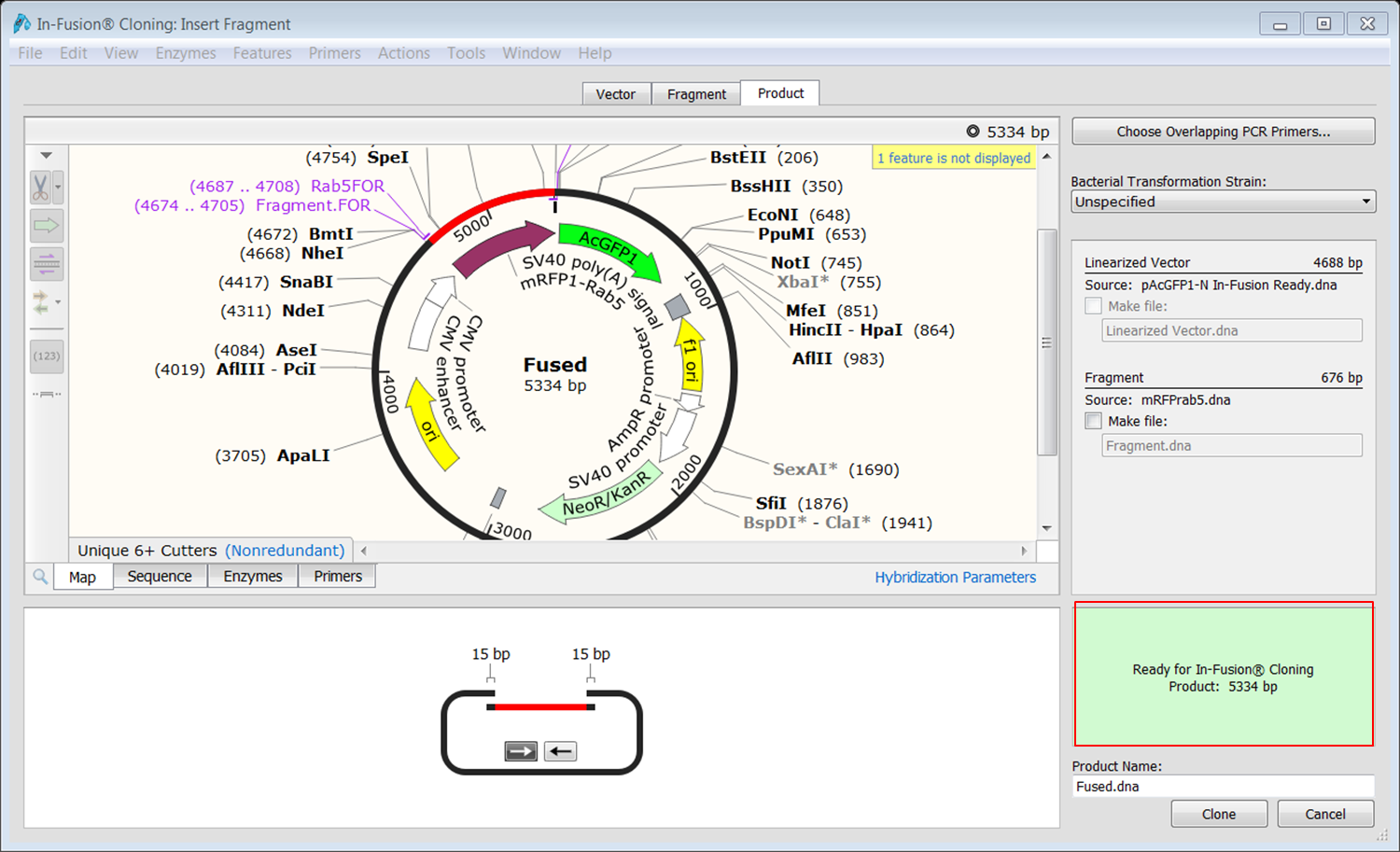
The raw NGS data for both pGFP and pDSADE have been deposited to NCBI SRA with accession numbers SRR5879307 and SRR5879308.įunding: This research was funded by a Development Fund from the University of Southern Mississippi. This is an open access article distributed under the terms of the Creative Commons Attribution License, which permits unrestricted use, distribution, and reproduction in any medium, provided the original author and source are credited.ĭata Availability: All relevant data are within the paper and its Supporting Information files. Received: JAccepted: AugPublished: August 24, 2017Ĭopyright: © 2017 Huang et al. PLoS ONE 12(8):Įditor: Mark Isalan, Imperial College London, UNITED KINGDOM Our method is particularly suitable for common cloning tasks in the lab where the primary goal is to quickly generate a plasmid with a pre-defined sequence at low costs.Ĭitation: Huang F, Spangler JR, Huang AY (2017) In vivo cloning of up to 16 kb plasmids in E. The method requires no enzymes other than Q5 DNA polymerase, has no sequence restriction, is highly reliable, and represents one of the simplest, fastest, and cheapest cloning techniques available. The combination of high accuracy and zero background eliminates the need for screening a large number of colonies. The whole cloning procedure may be completed within 2 days by a researcher with little training in cloning. The method may be used to accurately assemble up to 5 DNA fragments with 25 nt overlapping ends into relatively small plasmids, and 3 DNA fragments into plasmids up to 16 kb in size. Quantitative relationships were established between cloning efficiency and three factors–the length of overlapping nucleotides, the number of DNA fragments, and the size of target plasmids–which can provide general guidance for selecting in vivo cloning parameters. All DNA fragments were prepared by a 2-consecutive PCR procedure with Q5 DNA polymerase and used directly for transformation resulting in 95% cloning accuracy and zero background from parental template plasmids.

Here, we describe a simple, fast, and economical cloning method based on RecA- and RecET-independent in vivo recombination of DNA fragments with overlapping ends using E. Not surprisingly, conventional cloning techniques based on restriction digestion and ligation are still commonly used in routine DNA cloning.

While a number of molecular cloning techniques have been developed, many methods require specialized expensive reagents or laborious experimental procedure.

The precise assembly of defined DNA sequences into plasmids is an essential task in bioscience research.


 0 kommentar(er)
0 kommentar(er)
